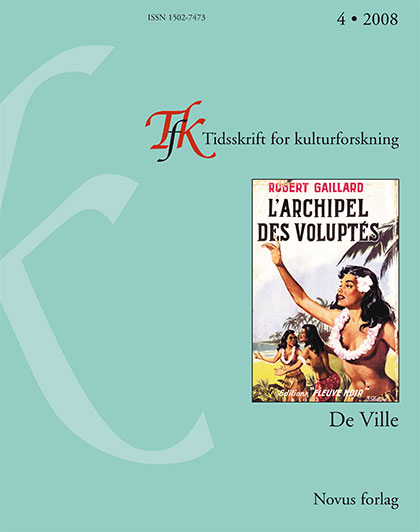Sammendrag
The article presents the backdrop to the quai Branly museum in Paris, inaugurated in June 2006, and discusses the policy of the museum and the (political) debate it aroused during its first year. The museum was the French president's cherished project. It balances precariously between art and anthropology, and its conception was due to a political elite, to antiquarians and collectors, as well as to an architect, as much as - or perhaps even more - than to researchers and museologists.
The museum has turned out a great success, with close to two million visitors the first year. As a consequence, the interest for primitive art has increased enormously and the prices of these objects are soaring. At the same time, however, the museum's policy and its permanent exhibition have been slaughtered by a considerable number of critics.
Seen from the outside, the new museum building is impressive. Not so the inside, i.e. the permanent exhibition, which has been coined by some critics a "theme park for exotic cultures" or an "African Disneyland". On one level, the problem is a clash between aesthetics and context, or - if one likes - between art and ethnography. On a deeper level however, the problem seems to be due to an ethnocentrism which is far from dead, in spite of all postcolonial aspirations. This ethnocentrism may analytically be divided into three: a western tendency toward a universalist conception of aesthetics, an unsolved question of what equality between cultures actually means, and finally a weakly developed understanding of how demanding real integration is in the French society. "The Other" seem to have hibernated in the museology and the politics behind the Branly museum.
These issues are discussed in the light of the reception by the public and by critics, French and foreign. The hope for a more promising museology lies in the museum's temporary exhibitions, some of which have signalled a much more reflexive approach to the ghosts of the past.

